‘This is better than a camp’: Syria’s tent camps are transforming into concrete cities
After years of dithering and deadlock by the international community over the fate of Idlib, one of Syria’s last rebel-held areas, the province is being transformed, writes Kareem Fahim
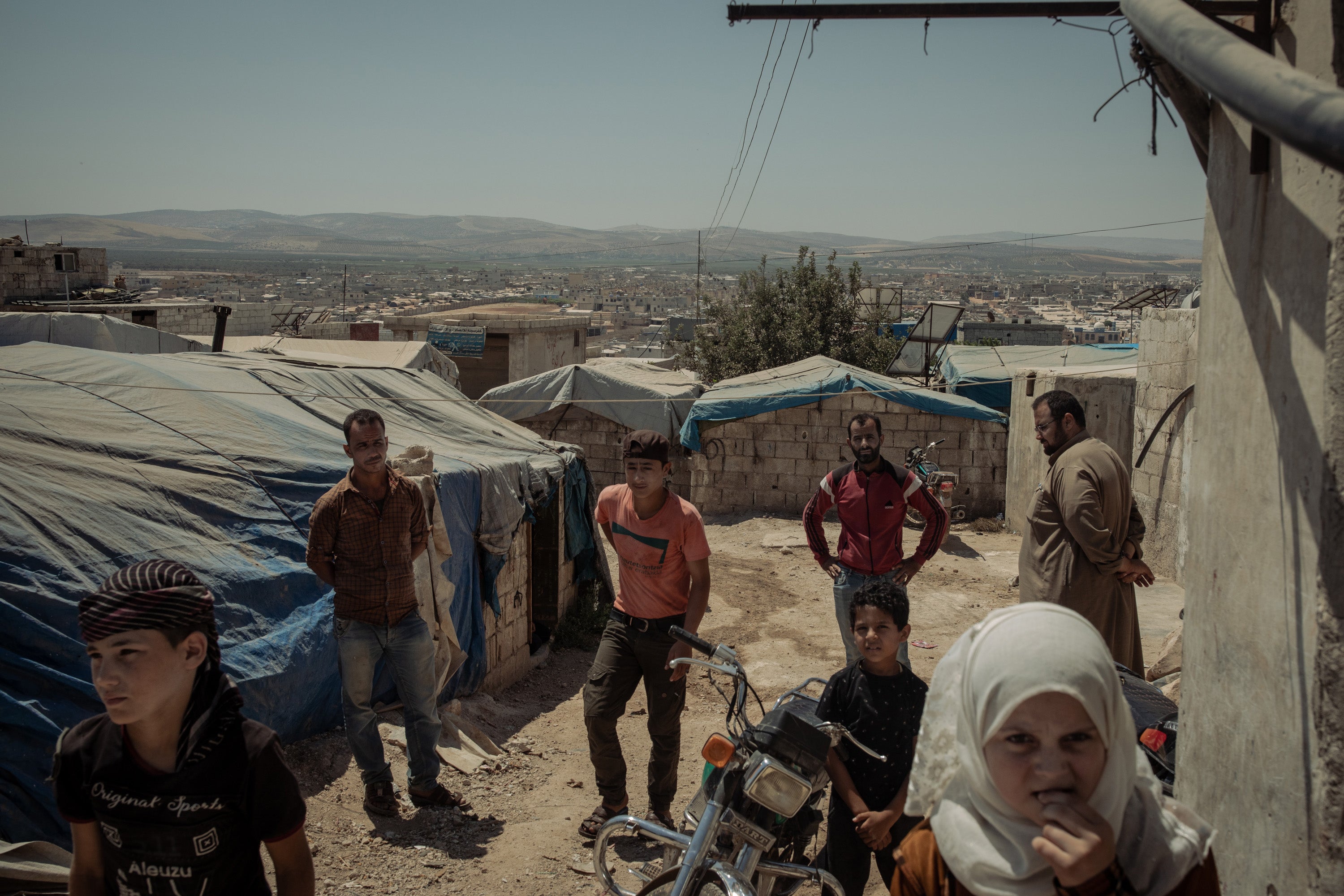
Your support helps us to tell the story
From reproductive rights to climate change to Big Tech, The Independent is on the ground when the story is developing. Whether it's investigating the financials of Elon Musk's pro-Trump PAC or producing our latest documentary, 'The A Word', which shines a light on the American women fighting for reproductive rights, we know how important it is to parse out the facts from the messaging.
At such a critical moment in US history, we need reporters on the ground. Your donation allows us to keep sending journalists to speak to both sides of the story.
The Independent is trusted by Americans across the entire political spectrum. And unlike many other quality news outlets, we choose not to lock Americans out of our reporting and analysis with paywalls. We believe quality journalism should be available to everyone, paid for by those who can afford it.
Your support makes all the difference.Adnan al-Hamdo's neighbourhood is a ruin, the houses pitted by gunfire or crushed by shelling. The shops are empty or shuttered. Fields nearby are barren because the farmers have left.
His town sits along a front line between Syrian rebels and government forces. His neighbours and millions of other people across central and southern Idlib province have fled to the relative safety of areas north, along the Turkish border, where camps for the displaced have swollen into cities.
But Hamdo was standing firm, even as his town was disintegrating around him. “God knows, things might escalate,” he said during a recent interview in his spacious, spare sitting room, as neighbours told him about the latest mortar strike on the town. “This is better than a camp.”
After years of dithering and deadlock by the international community over the fate of Idlib, one of Syria's last rebel-held areas, the province is being transformed. Housing blocks and markets are rising in what were once vast olive groves along the Turkish border as Idlib's centre of gravity shifts from south to north. There, schools are filling with students and electricity is regular in places. There are endless traffic jams.
By comparison, other parts of Idlib feel discarded, in an arc stretching from the east, near the city of Aleppo, along twitchy front lines in the south and onto the city of Jisr al-Shughour, which sits on a road leading to the coast along the south – abandoned to the conflict between rebels and President Bashar al-Assad's government, which for years has tried to recapture the restive province.
More and more, the region feels like a province of Turkey, with the Turkish lira used as the local currency, along with the dollar, and cellphone service available on the Turkish network
Behind Idlib's transformation is a merciless, years-long dislocation of millions of Syrians from around the country, many displaced from homes multiple times before they ended up in this enclave. If the north of the province feels like a boomtown, for many it is a miserable one, filled with people who survive on handouts from humanitarian organisations as they wait to return their homes. For now, many are digging in, one cinder block at a time.
A decision this month by the UN Security Council to continue the flow of humanitarian aid to the province for another year did little to ease the sense of precariousness here. The vote came a day before the relief deliveries were to be cut off.
It was hailed by the United States and Russia as a rare example of cooperation. Russia had earlier threatened to veto any aid resolution.
But the vote left Idlib stuck where it was: seething, fragile and a riddle unsolved.
A standoff in the province has lasted for years. Idlib, a bastion of opposition to government rule, has been controlled since 2015 by Islamist extremist rebels with links to al-Qaeda.
Assad's forces, backed by Russian air power, have mounted a string of offensives to retake the province. The latest began in December 2019 and ended with a cease-fire a few months later, after Turkey, which supports some rebel groups, sent thousands of its own troops into Idlib in large part to prevent refugees from streaming over the border.
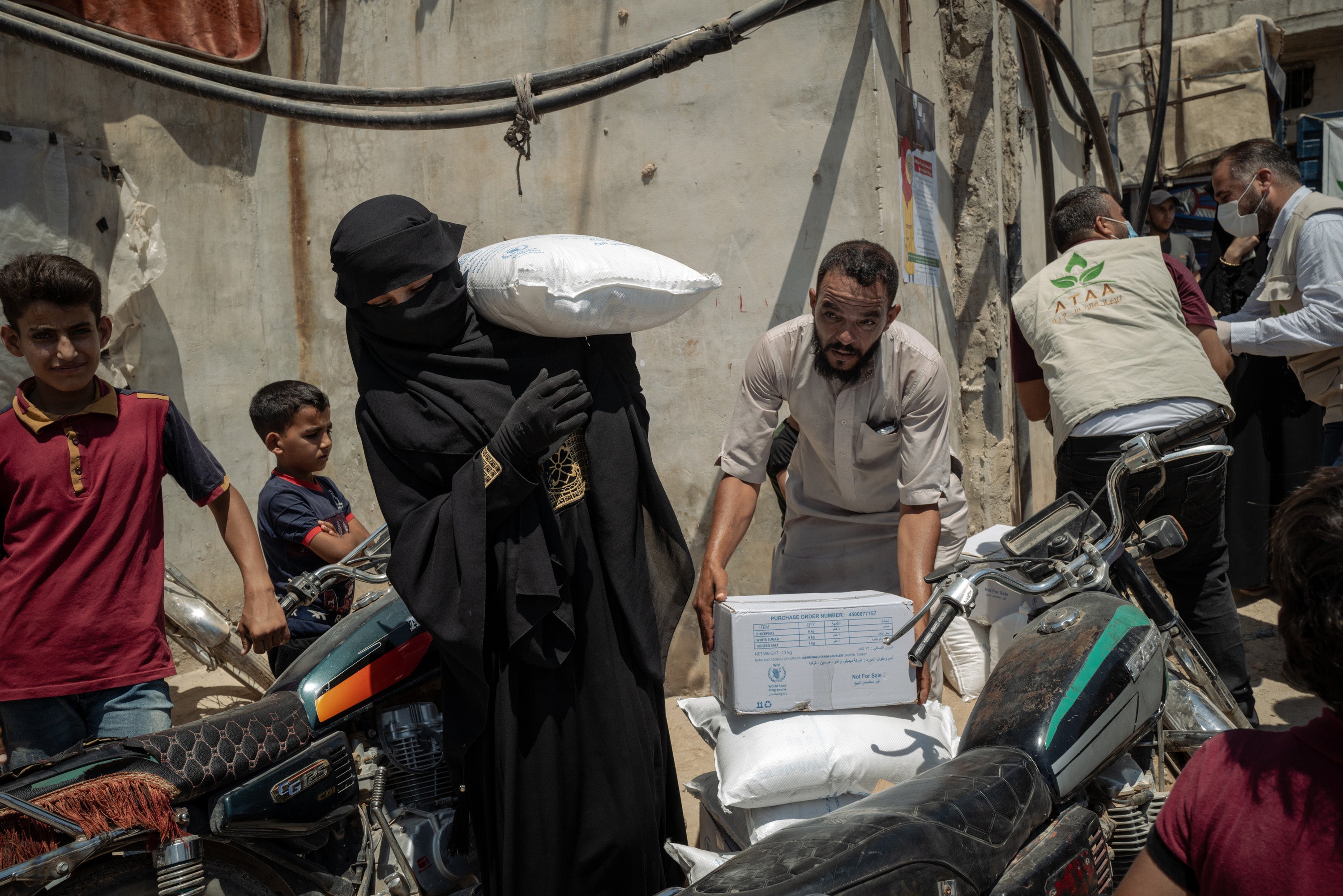
One million people have settled in a district encompassing parts of northern Idlib, near the Turkish border, according to the United Nations. Rough wooden scaffolds mark the establishment of new construction sites. Local markets burst with eggplants and onions, watermelons and cherries. Motorcycles vie with tractor-trailers for space on ragged roads.
In previous years, Atma, a large camp for the displaced, was referred to by locals as the camp for those “stranded on the border”. For some, it was a way station before trying to cross illegally into Turkey.
When Ahmed al-Hijazi arrived there in 2013, there were a few hundred families in tents. Five years ago, there were about 13,000 families in what the United Nations calls the “Atma cluster”. Now there are more than 30,000 families, or about 160,000 people. “It became a city,” Hijazi said.
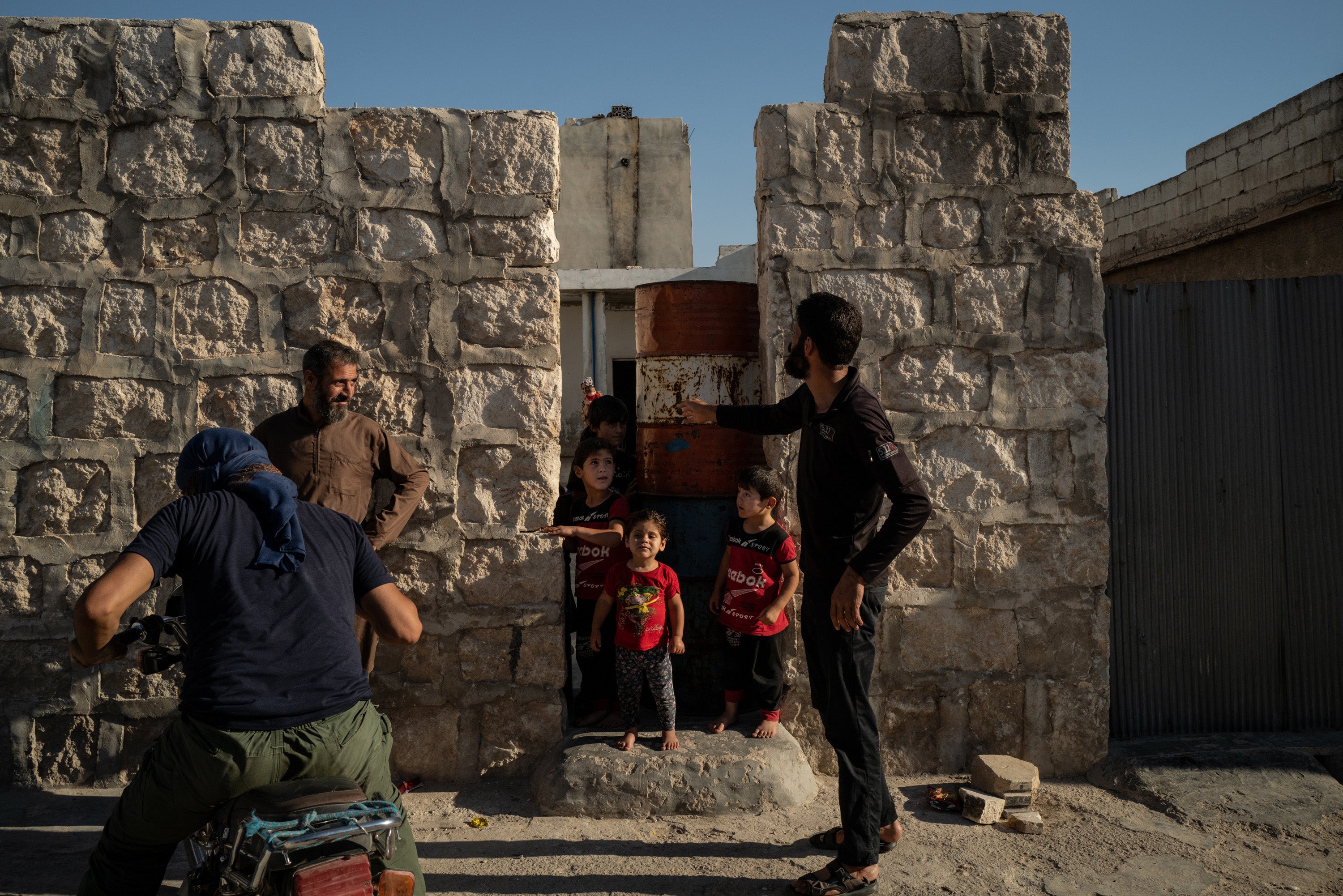
As people lost hope of returning to their towns and villages, as he had, they began to build homes. Hijazi, who works for a nonprofit organisation, built a two-bedroom dwelling that cost roughly $10,000. The wealthy were building two- and three-story structures. The building spree had created some construction jobs, but they paid only a little more than $3 a day. Most people were unemployed, and many were stranded in tents.
There is no regular electricity in Atma, but a new Syrian company has provided service recently to other parts of northern Idlib as well as the provincial capital. There were plans, as yet unrealised, to repave and widen the local roads to accommodate surging traffic.
More and more, the region feels like a province of Turkey, with the Turkish lira used as the local currency, along with the dollar, and cellphone service available on the Turkish network. A Turkish non-governmental organisation is building tens of thousands of homes in the region.
“It is shifting into what looks like a permanent situation,” said Dareen Khalifa, senior Syria analyst with the International Crisis Group.
Turkey has been trying to create favourable living conditions to prevent people from crossing its border. Even Hayat Tahrir al-Sham, the militant Islamist group that controls Idlib, has been seeking to stabilise the area, mostly to persuade Western countries and other foreign donors that it has shed its extremist roots and is worthy of international recognition, Khalifa said.
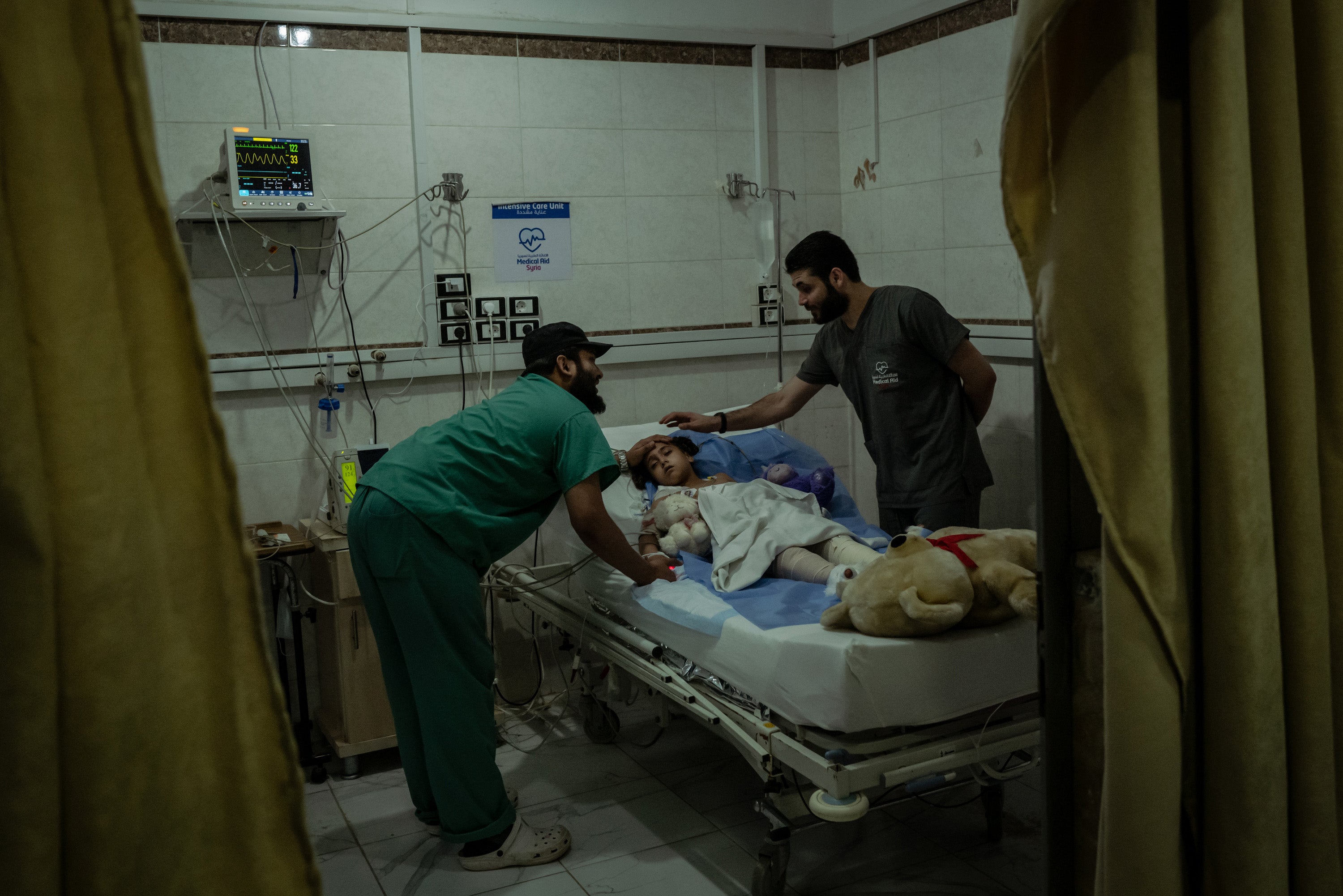
Stability is little salve for many Syrians. “We have no hope to go back to our homes in the near future - not in the next 10 years,” said Hijazi, whose home in southern Idlib was destroyed.
The truce in Idlib looks brittle from Hamdo's town, called Maarat al-Naasan, where the rebels and government forces hold positions barely a few miles apart. On the day reporters visited earlier this month, government forces shelled a group of civilians who had gathered at a water-pumping station on the outskirts of town, locals said. This time, no one was hurt.
Hamdo downplayed the danger, calling it something short of fighting. “There are light clashes,” he said. His main worry was that the tensions elsewhere in Idlib would have a domino effect – that if government forces started moving to retake territory in the west, rebels in his town, in eastern Idlib, would provoke a clash to divert them.
A surge of violence over the past few weeks has seemed ominous. Clashes have erupted across front lines in southern Idlib. Syrian government rocket and artillery strikes on civilian areas in Idlib and Aleppo's countryside have killed 13 children since late last week, Save the Children said in a statement on Sunday. They were among dozens of civilians killed in recent attacks, according to rescue workers and a conflict monitoring group – an escalation that has left locals worried that a larger military confrontation is brewing.
Still, Hamdo seemed determined to stay in his home.
He has little electricity, save what solar panels provide - enough to power some lights and “sometimes a fan,” he said. He laughed when asked how he powered the refrigerator. Without electricity, there was no need for a refrigerator. He had been displaced once, and while he was gone, someone stole all the doors in his house. There was not much else to take.
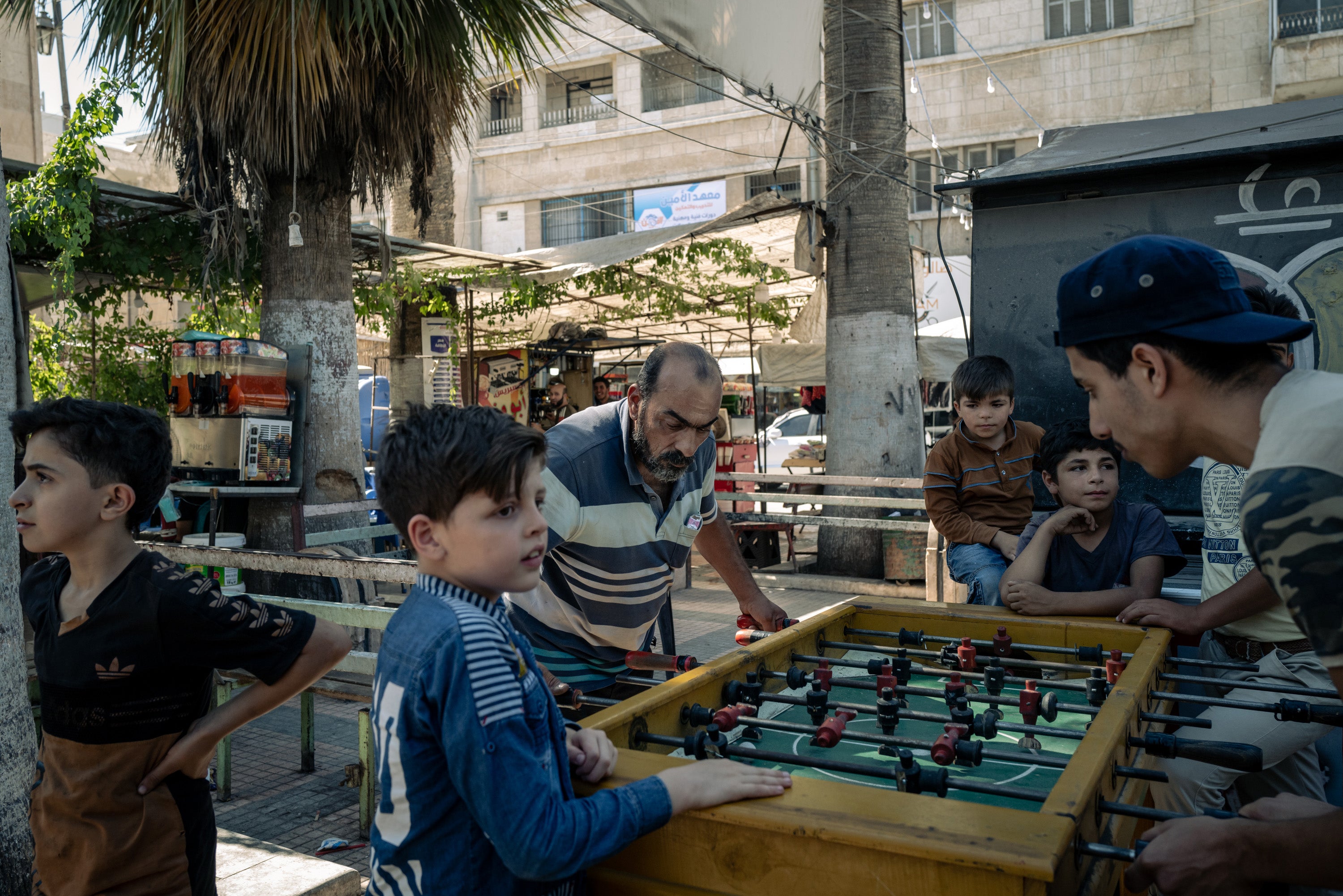
For a time, after the cease-fire was called last year, “things seemed almost normal,” he said. As they grew tense again, those like Hamdo who had returned from the camps refused to leave their homes again. They had property to protect. They had sanity to preserve.
A recent survey by the International Rescue Committee found evidence of an alarming rise in suicides in northwestern Syria, with a majority of respondents saying the reasons included depression and mental health issues or domestic violence against women. Fifty-three per cent said the suicides were “due to loss of hope given the ongoing crisis and deteriorating conditions,” the IRC said.
“Those who returned left a bad situation in the camps,” Hamdo said.
Like Hamdo, Fayha Shahin was able to go home – about two years ago, to the town of Ariha – after being displaced for a time by fighting. But the war found her again. This month, her four daughters were injured in a strike on their house while Shahin was away at work, she said.
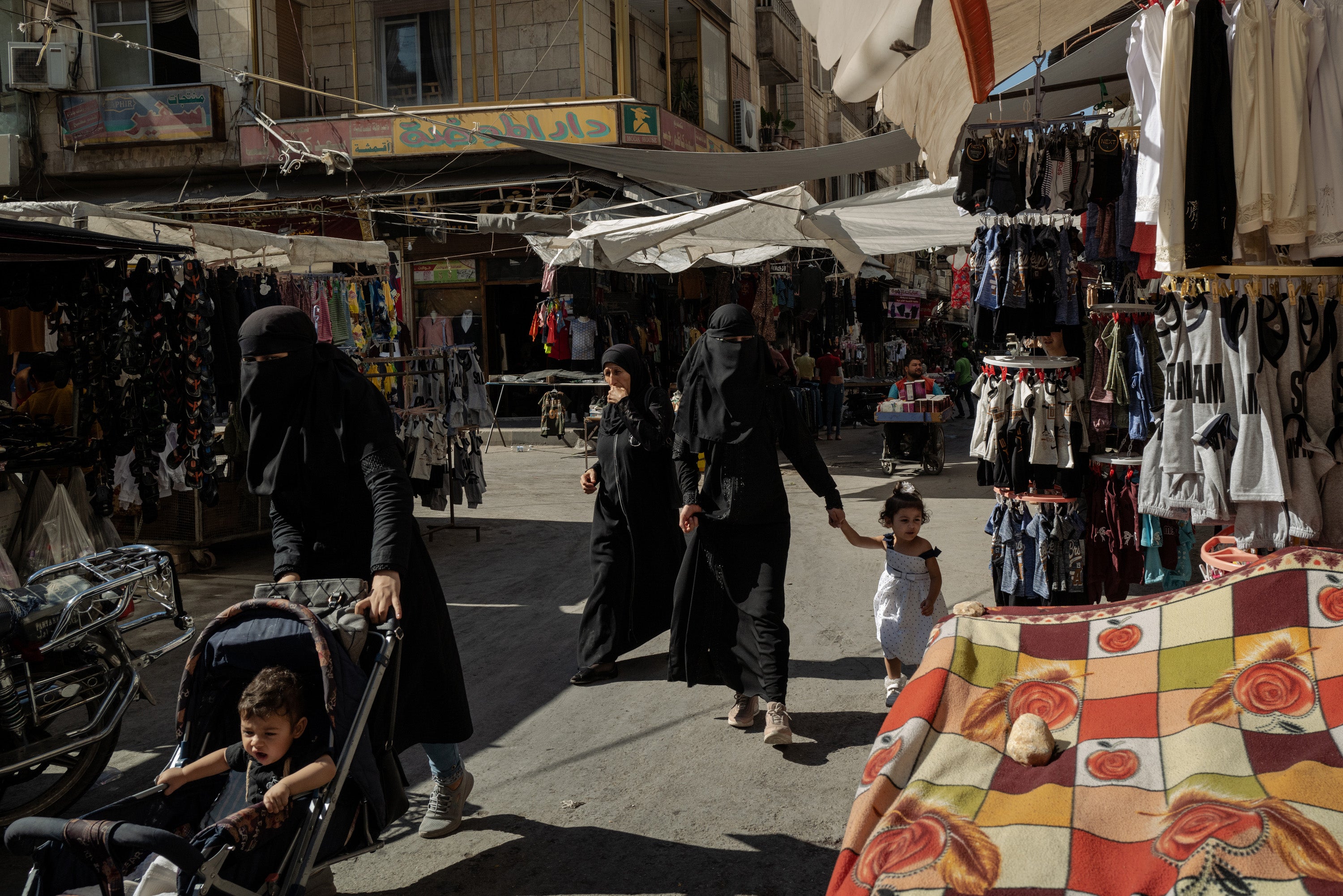
Her youngest, 8-year-old Bailasan Hindawi, was in danger of losing her leg, doctors at al-Shifa hospital in Idlib city said. Two other daughters were in the same hospital. Another was in the intensive care unit of a second hospital.
Hardship had clung to her family. Her husband was arrested by the government soon after the 2011 revolt against the Assad government, and had never been heard from again. She and her children had been wounded by shrapnel in a previous airstrike. The house struck more recently, a rental, was rubble.
Other displaced families in Idlib have found shelter on rocky hillsides, under olive trees, on an old railway berm that kept the water from pooling in tents. Shahin's home is the hospital, for now, and she has not given much consideration to what comes next.
“I have two daughters in the ICU,” she said. “I am not thinking about anything else.”
© The Washington Post
Join our commenting forum
Join thought-provoking conversations, follow other Independent readers and see their replies
Comments